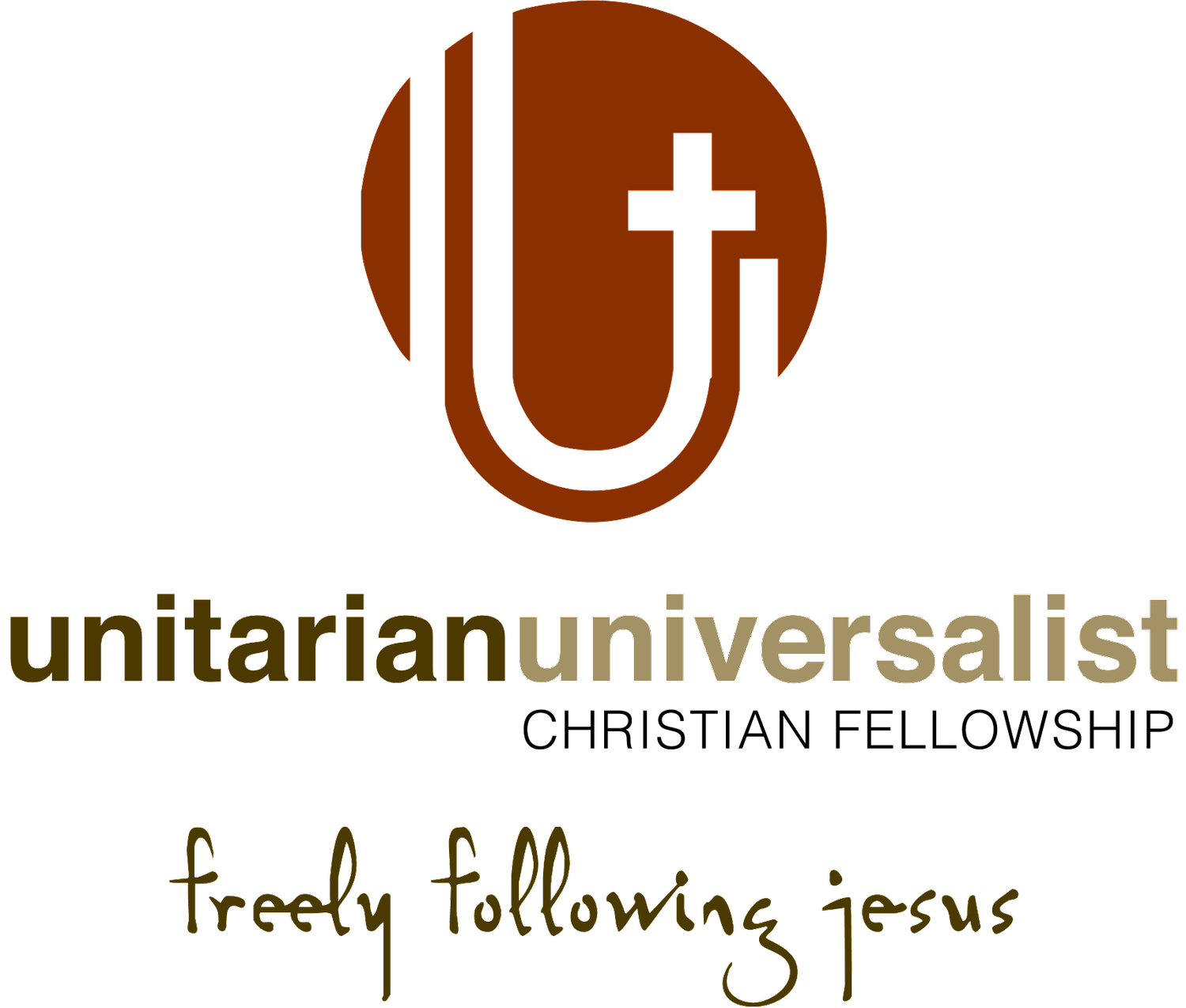MONASTIC SCHEDULE
4:00 a.m.Vigils
6:00 a.m.Lauds
8:00 a.m.Terce
12:00 p.m.Sext
2:00 p.m.None
6:00 p.m.Vespers
8:00 p.m.Compline
The purpose of the monastic schedule is to have specific times of day devoted to prayer, meditation, reading the Psalms, etc. While this is hard to achieve in the middle of our busy days, you might try simply "making time for God" at these various points along your day, being aware of God's presence in your life and giving thanks. This schedule may also be useful if you go away on spiritual retreat.
Study the Lectionary:
A Guide To The Spiritual Life: (taken from Rev. Scovel's retreats)
- Daily Prayer
- Weekly Worship
- Monthly "covenant spiritual accountability/check-in" group
- Annual Spiritual Retreat
- Lifetime Pilgrimmage
Resources for Lectio Divina: (sacred reading)
Lectio Divina is divine reading, spiritual reading, or "holy reading," and represents a traditional Christian practice of prayer and scriptural reading intended to engender communion with God and to increase in the knowledge of God's Word. It is a way of praying with scripture that calls one to study, ponder, listen and, finally, pray from God's Word.
The monastic rules made the practice of divine reading, together with manual labor and participation in liturgical life, the triple base of monastic life.
The systematization of spiritual reading into four steps dates back to the 12th century. Around 1150, Guigo II, a Carthusian monk, wrote a book titled "The Monk's Ladder" (Scala Claustralium) wherein he set out the theory of the four rungs: reading, meditation, prayer and contemplation.
Selecting a time for lectio divina is important. Typical methods are to pray for one hour in the morning, or to divide it into two half-hour periods, one in the morning and one in the evening. The key is to pre-select the time that will be devoted to the prayer and to keep it. Using the same time every day leads to a daily habit of prayer that becomes highly effective.
The place for prayer is to be free from distractions. This means it should be isolated from other people, telephones, visual distractions, etc. Some find a religious icon to be helpful. The same place should be used for lectio if possible, especially as one first begins to practice it. Familiarity with a location reduces the possibility of distraction away from the prayer. Some practitioners conduct other devotions, such as praying before the Catholic Eucharist, as a preparation for Lectio Divina.
Prior to reading, it is important to engage in a transitional activity that takes one from the normal state of mind to a more contemplative and prayerful state. A few moments of deep, regular breathing and a short prayer inviting the Holy Spirit to guide the prayer time helps to set the tone and improve the effectiveness of the lectio. Once the stage is set it is time to begin the prayer. There are four phases of the prayer, which do not necessarily progress in an ordered fashion. One may move between different phases of the prayer very freely as the Spirit guides.
Lectio Divina has been likened to "Feasting on the Word." The four parts are first taking a bite (Lectio), then chewing on it (Meditatio). Next is the opportunity to savour the essence of it (Oratio). Finally, the Word is digested and made a part of the body (Contemplatio). Another way of remembering how to engage with lectio is to Read, Reflect, Respond and Rest.
Lectio (Read)
This first moment consists in reading the scriptural passage slowly, attentively for several times.
Meditatio (Reflect)
The Christian, gravitating around the passage or one of its words, takes it and ruminates on it, thinking in God's presence about the text. He or she benefits from the Holy Spirit's ministry of illumination, i.e. the work of the Spirit that imparts spiritual understanding of the sacred text. It is not a special revelation from God, but the inward working of the Holy Spirit, which enables the Christian to grasp the revelation contained in the Scripture.
Oratio (Respond)
This is a response to the passage by opening the heart to God. It is not an intellectual exercise, but an intuitive conversation with God.
Contemplatio (Rest)
This moment is characterized by a simple, loving focus on God. In other words, it is a beautiful, wordless contemplation of God, a joyful rest in his presence.

